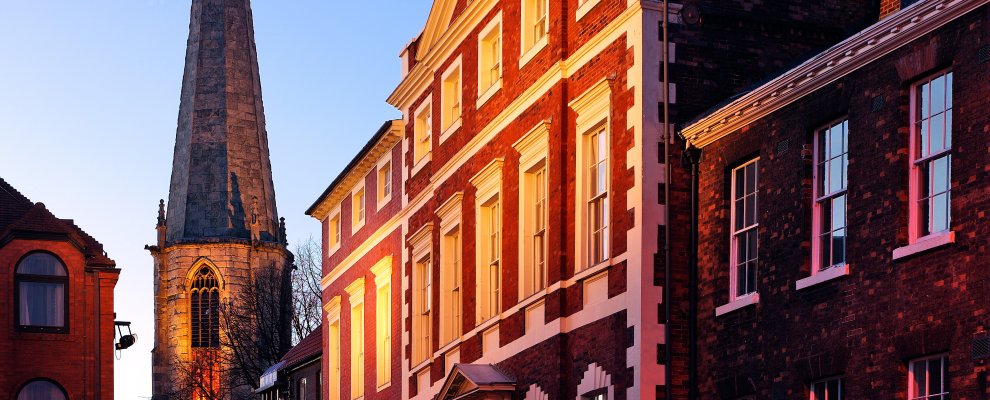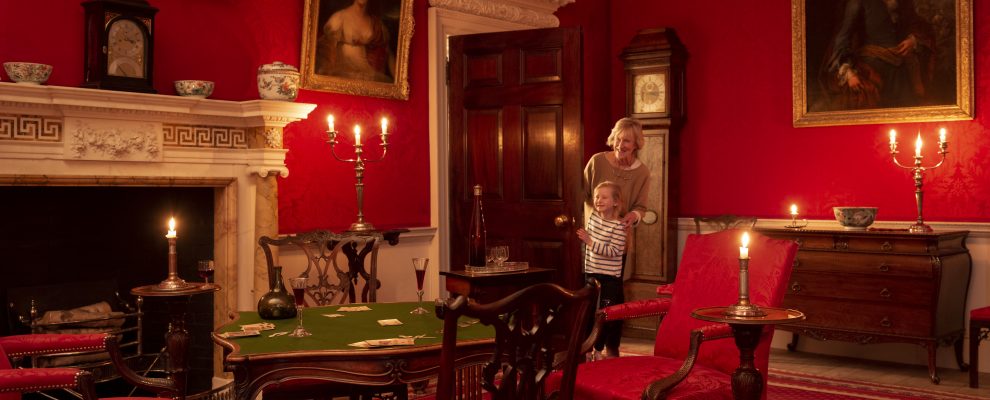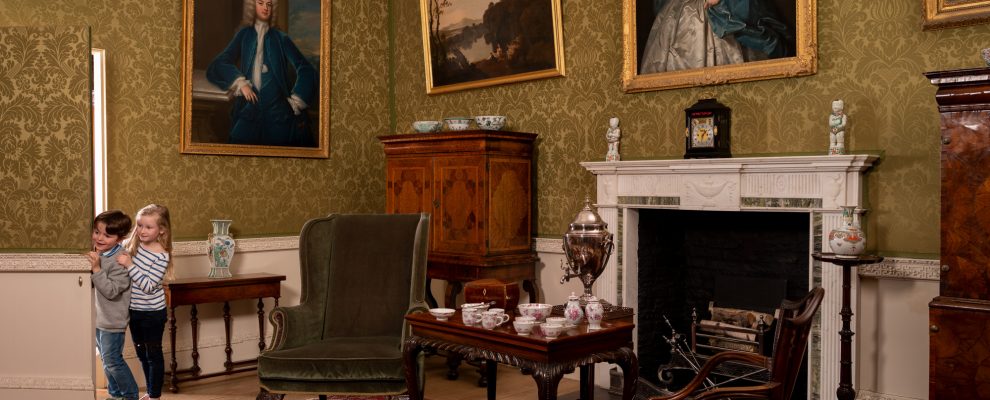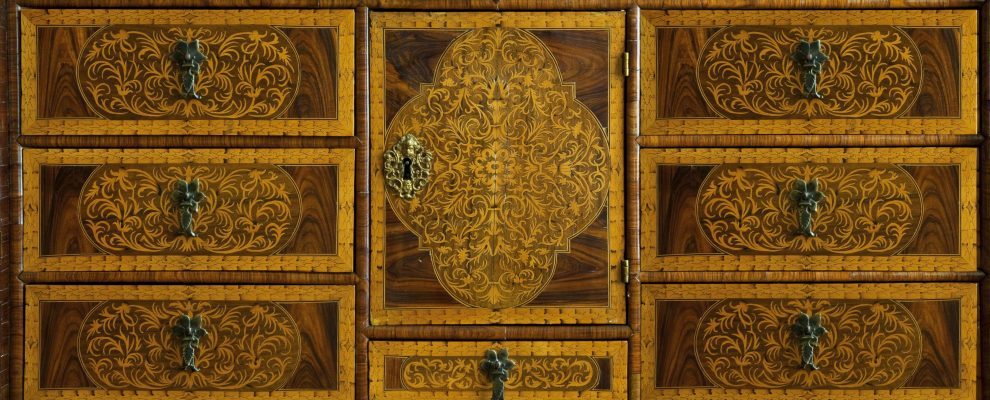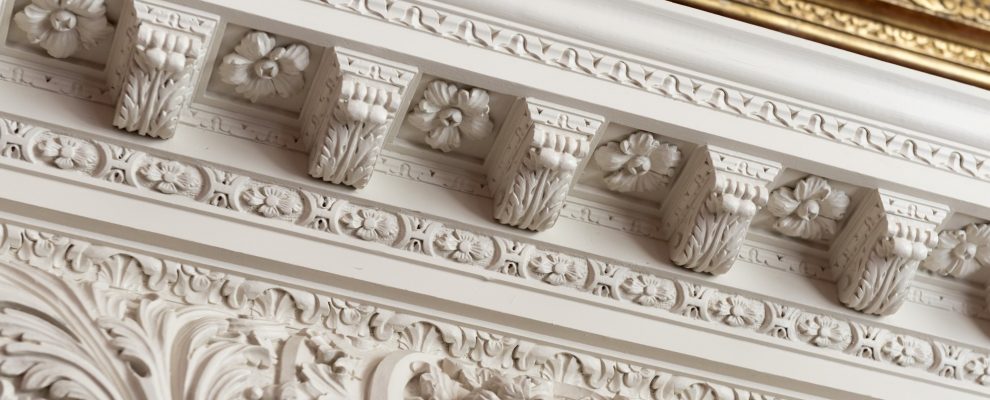Seeing the house in a new light
Natural daylight is perhaps the best form of illumination to showcase historic interiors, helping to reveal the true colours of their fixtures and fittings. However, daylight is also responsible for the degradation of objects, particularly those made from organic material. Fairfax House has always striven hard to control the amount of damaging UV and LUX its objects are exposed to, however this sometimes came at a detriment to the visitor experience.
The first step towards more effectively regulating the amount and type of light entering the property was undertaken in 2015 when Fairfax House installed a new generation of solar blinds throughout the property – thanks to funding from AIM’s Preventative Conservation Grant Programme. Using high-performance perforated material, these innovative blinds cut the ingress of damaging light to less than 9%, whilst for the first time enabling the outside world to be discerned. The project also included installing UV absorbing solar film to untreated windows in the kitchen and on the staircase, where the central Venetian window allowed UV light to flood into the building.
The results of this have been dramatic and visually stunning. The woven semi-transparent sunscreen blinds now allow views to be seen from the windows, giving a greater sense of place and context, and achieving better interpretation of this townhouse in its urban city-centre setting.
The second stage it in the management of light in the house was undertaken thanks to a GIS Ready Grant from Museum Development Yorkshire. This involved updating the lighting within the property with LED bulbs and new LED fixtures in the Dining Room and Drawing Room. LED lights emit virtually no UV or IR (or radiated heat) and as such substantially benefit the historic environment and objects contained within. LED lighting also has the benefit of providing directional light (because LEDs are mounted on a flat surface, they emit light hemispherically rather than spherically), therefore helping to better spot-light and highlight key works. Using 50% less electricity than traditional incandescent or halogen options, with significantly longer life spans, LED lighting was also a relatively straightforward way to improve energy efficiency within the property.
The new lighting schemes installed within the museum have helped Fairfax House take a crucial step forward in the better management of its environment, ensuring the continued preservation and conservation of its nationally significant collection. These developments have also considerably improved the visitor experience, better lighting the collection to showcase its depth and variety, whilst caring and preserving it for future generations.

